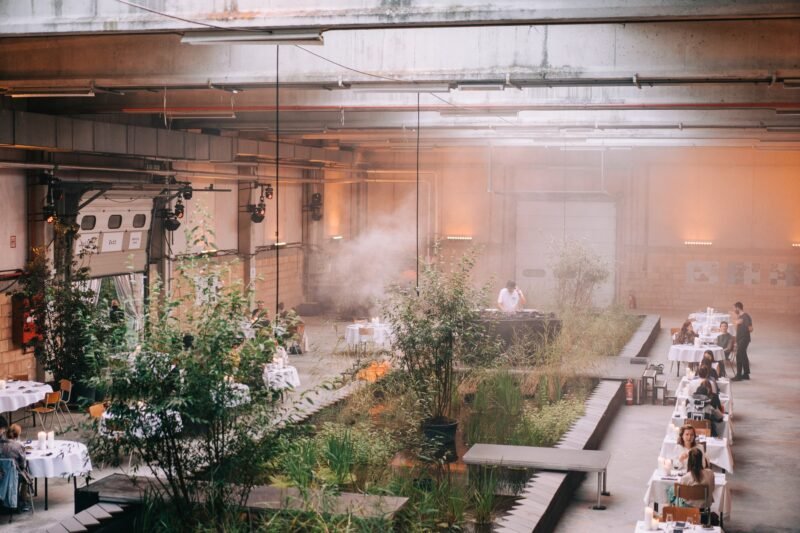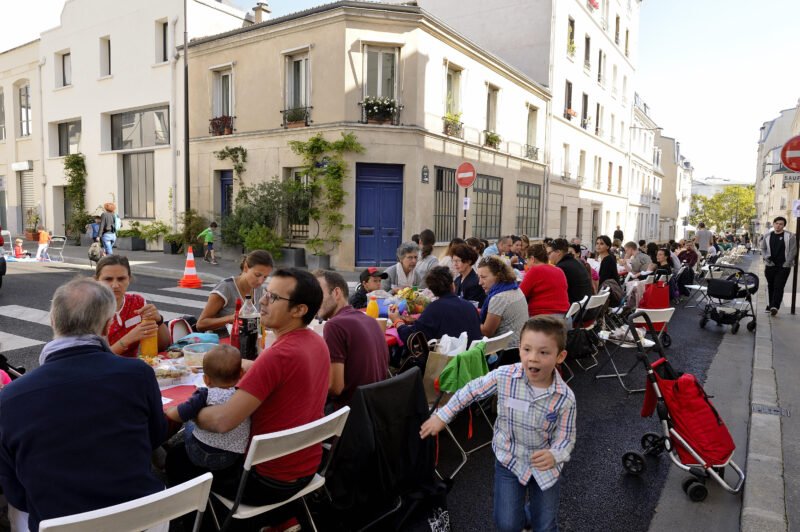Placemaking Week Europe 2019: A Recap
Two weeks ago, Valencia hosted the second edition of the Placemaking Week Europe. Practitioners from different silos, city lovers, and urban space enthusiasts came together to share their placemaking ideas and experiences.
The four-day encounter started with a series of case study workshops to explore neighborhoods of Valencia and the area around La Marina. La Marina de Valencia is itself a transformation area and it was not just the main venue for the event, as it was also home to their Living Lab team, who were part of the organizers. Together with Stipo and Placemaking Europe (with the special participation of the Creative Bureaucracy Festival and the presence of Project for Public Space among others) the encounter started with an immediate hands-on approach, in which tools were tested and implemented.
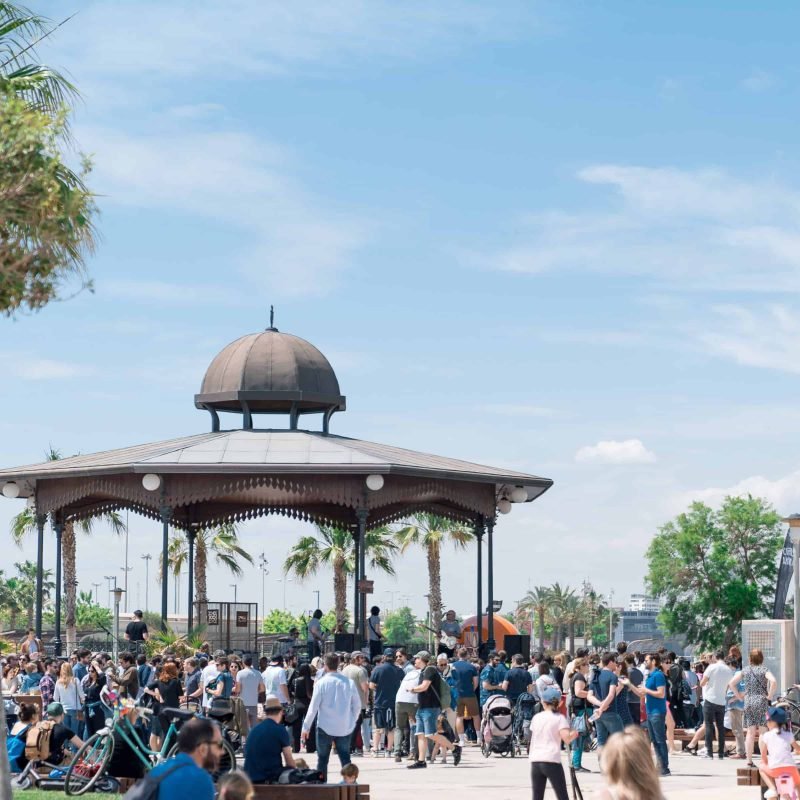
People from different backgrounds came together to share their placemaking passion — turning public space into places where people feel at home and want to stay. Hans Karssenberg from Stipo introduced the City at Eye Level method, in which “we are not birds” was one of the first remarks. Participants of the workshops started the place game, in which areas are explored from a pedestrian perspective and after just a couple of hours, new ideas, comments and possible proposals had been presented.
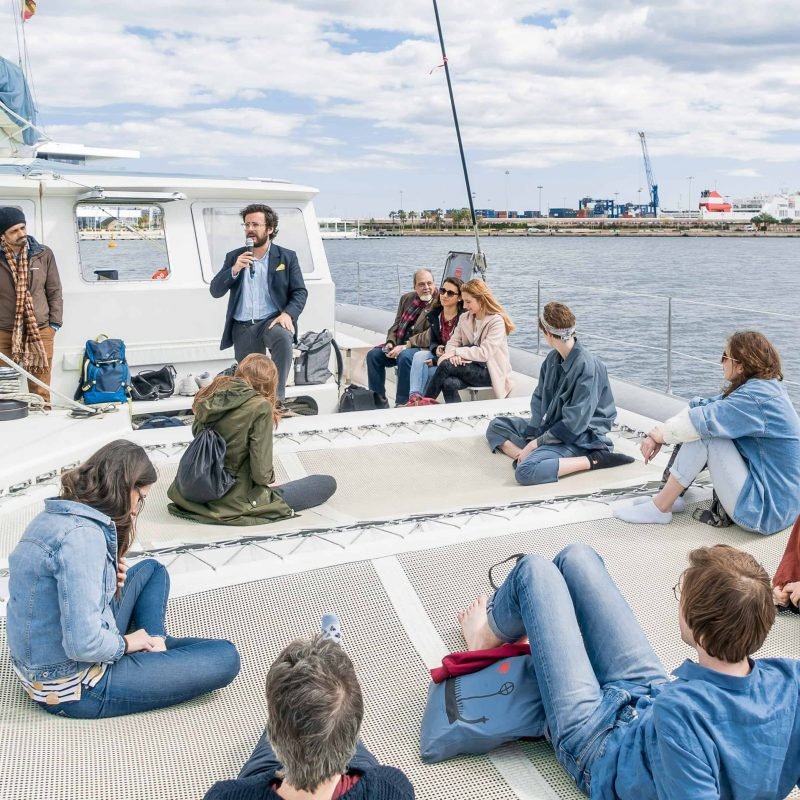
Plenary sessions, keynote speakers, movie screenings, exhibitions, book launches, parallel activities and even the possibility of swimming or sailing were among the wide range of options offered by this event. La Marina de Valencia, an innovation area and example of bureaucratic collaboration on a great waterfront, was the perfect scenario for the five central topics of the event: placemaking for innovation, creative bureaucracy, open source sharing from placemaking practice, future-proof cities through placemaking, and waterfront cities.
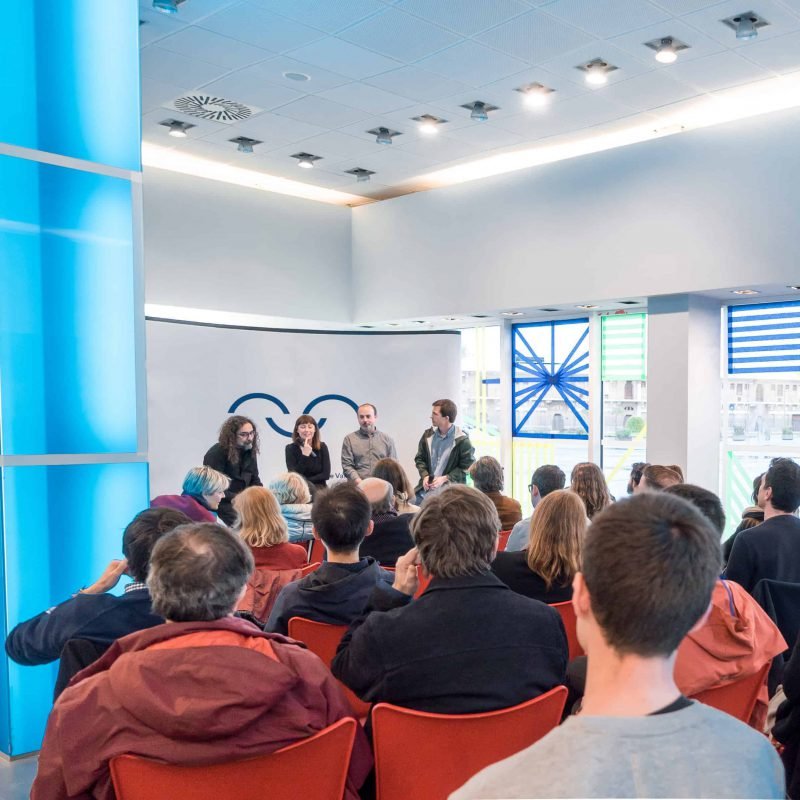
Bringing together such a diverse audience and subjects allows us to get all the sides of the stories/of every story and therefore it helps reducing the divide between the different silos. Even if placemaking was presented more as a vocation than as a profession, it became clear that systematic study is necessary to demonstrate its value. Sharing knowledge between academia and practice, and engaging real estate development and investment are necessary to get things going. If placemakers want their actions to become real, they need to learn the language and models of the real estate sector, as well as present actions that can become permanent.
